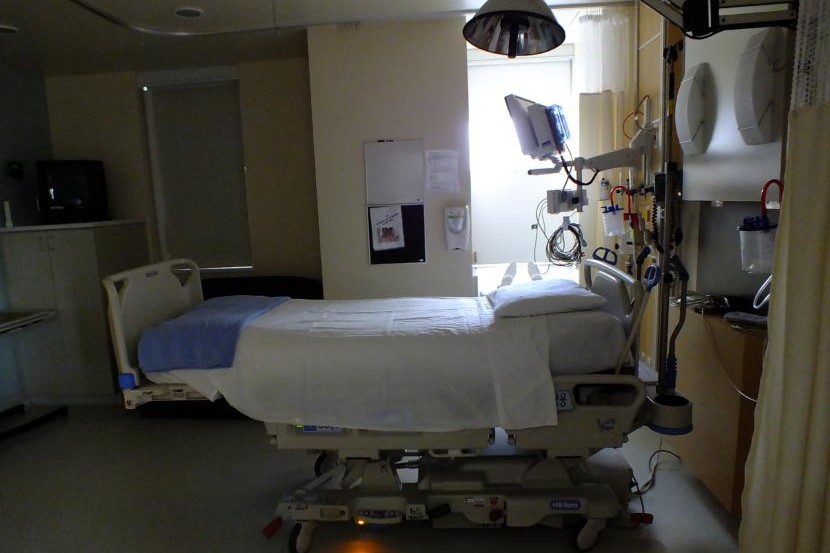
A new study shows that twice as many pregnant or recently pregnant women died in 2021 as compared to recent years. The new data gives a more detailed view of maternal mortality at a time when Gov. Mike Dunleavy has proposed increasing Medicaid coverage for new mothers.
The Alaska Maternal Child Death Review, which produced the study, believes that many of these deaths may be preventable. The MCDR is a federally funded program that evaluates causes contributing to infant, child and pregnancy-associated deaths. The program also provides recommendations for preventing these types of deaths in the long term.
Preventable deaths occur for various reasons, notably, access to health care. Pregnancy-related deaths increased most in rural areas of Alaska where some residents seeking care were unable to access it.
“There were health care needs that these women had that they literally could not get access [to], and some of them were [for] chronic conditions,” said Melissa Bradley, an epidemiologist for the MCDR.
While the overall mortality rate has more than doubled, experts say that the number might not be telling the whole story. Many of the deaths recorded may be linked to the COVID-19 pandemic. In addition, the small numbers make it difficult to draw conclusions. The study looked at pregnancy-associated deaths in a five-year period from 2017-2021.
Factors like interpersonal violence (IPV), mental health problems, substance abuse and lack of health care contributed to the increased maternal mortality in Alaskans, the causes of which are complex, according to the MCDR.
“Social and … economic risk factors really do put people at higher risk,” said Margaret Young, the Maternal Child Health Epidemiology Unit manager for the Alaska Department of Health. She also highlighted the prevalence of historical trauma as a potentially increased risk for maternal mortality as it is closely related to IPV. Of those who died in 2021s, over half had a history of interpersonal violence.
Alaska is not the only state to see an increase in maternal deaths. The rest of the nation also saw an increase in pregnancy-associated deaths from 2018 to 2020.
While the rate of death for Alaska mothers is far too high, the MCDR hopes that its recommendations for lowering the amount of potentially preventable deaths may help decrease the overall maternal death rate in the state.
Some of the recommendations made by the MCDR include advocating for more programs to screen for potential victims of interpersonal violence and homicide, both of which are causes that led to deaths among Alaska mothers in 2021. Bradley said that increased strangulation training for health care providers may help address those at risk for preventable death. She also mentioned the importance of local care workers such as doulas and community birth workers who may be able to offer more culturally responsible care to help lower the rate of maternal deaths.
Bradley is hopeful about how the MCDR is working toward lowering maternal mortality rates in the state. “They’ve been very focused on promoting awareness and disseminating information as well as cultivating those recommendations and turning them into actionable results,” she said.
Alaska Beacon is part of States Newsroom, a network of news bureaus supported by grants and a coalition of donors as a 501c(3) public charity. Alaska Beacon maintains editorial independence. Contact Editor Andrew Kitchenman for questions: info@alaskabeacon.com. Follow Alaska Beacon on Facebook and Twitter.




